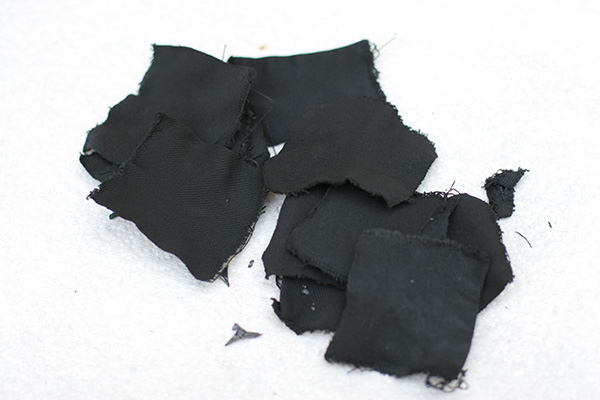 |
| This firestarter works when wet, or on snow! |
Regular readers of SurvivalCommonSense know that survival firemaking is one of my pet topics. Regardless if you’re a survivalist, prepper, or just a well-prepared backpacker; if you are making a wilderness survival kit, a bug-out bag, a set of Ten Essentials you need a reliable firemaking method.
But it's also a great idea to carry some form of lightweight, highly flammable firestarter. You might be in a situation where the tinder is damp, and a fire is needed quickly.
The idea for a wallet-sized firestarter came several years ago when I was working in the Bend Bulletin newsroom. Five unprepared snowmobilers were lost overnight in the Central Oregon backcountry. They burned money, credit cards, their map, the titles to their snowmobiles and personal possessions to make a smoky, inefficient fire. (Read the complete story
here.)
Scott B. Williams, from the great
Bug-Out Survival blog tested some SurvivalCommonSense.com wallet-sized firestarter. To read Scott's review, click
here.







